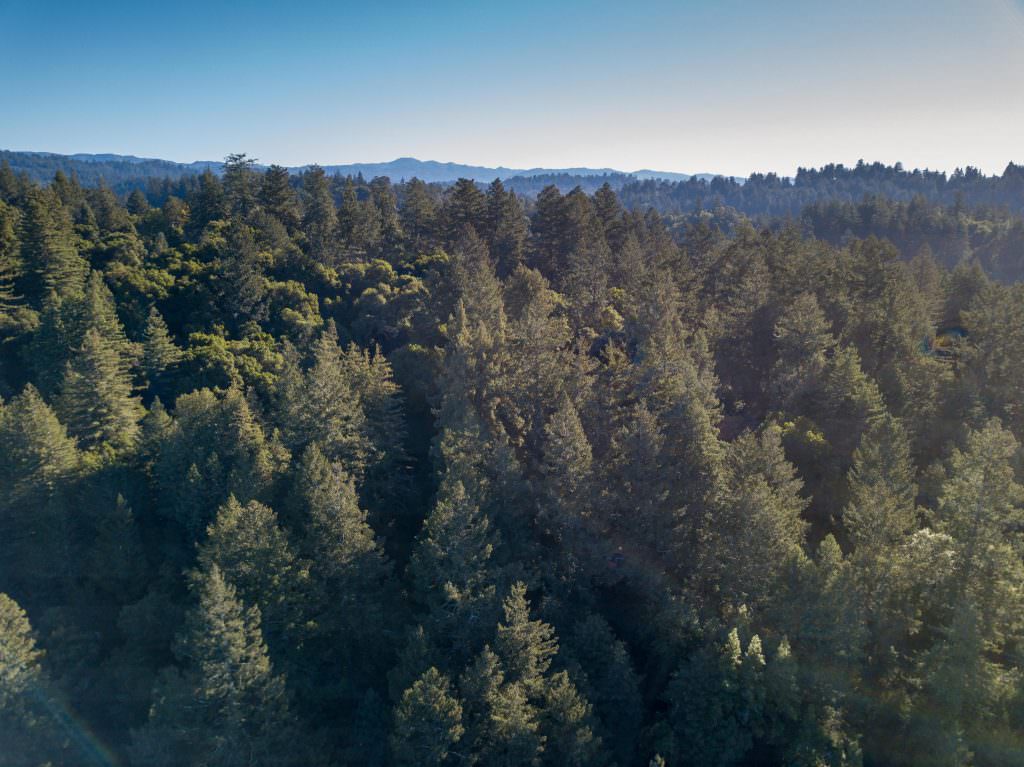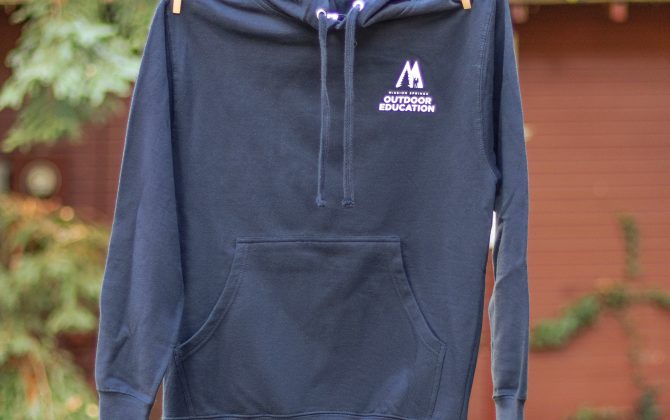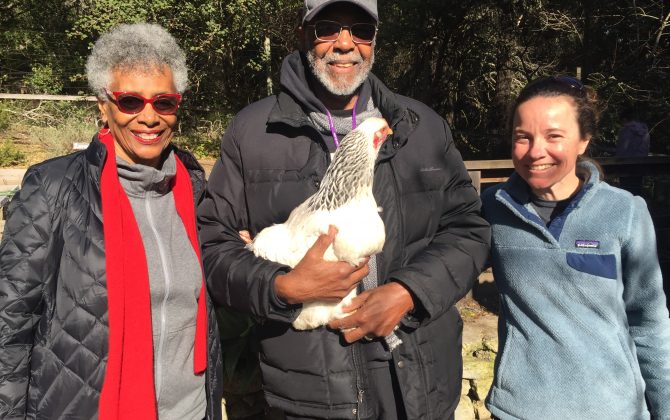MSOE is super excited about our brand new class, Earth’s Systems! Students and naturalists get a chance to learn about each of the Earth’s four main systems, the geosphere, hydrosphere, atmosphere, and biosphere, through a series of hands on activities and games. The class also explores interactions between the spheres and provides an awesome opportunity for discussing human impact, both positive and negative, on the Earth’s major systems. Students have the chance to think about their own impact, and how they can take science camp lessons home and help protect the Earth’s resources and environment. The class follows the next generation science standards that middle schoolers learn in classrooms, so it’s a perfect chance to introduce these concepts or build on students’ prior knowledge. We can’t wait to teach it to your students!
Classroom activity to correspond with Earth’s Systems class
Teachers can build on what their students learned in their MSOE Earth’s Systems class in so many different ways! The four spheres can be discussed using many different learning styles. Try some or all of the following activities in your own classroom…
- Linguistic learning: give your students a brief summary of each of the spheres, and then ask them to write a story that incorporates all four. Have them read the stories out loud to the class!
- Naturalistic learning: bring in a container of soil, and ask your students what sphere the soil represents. The obvious answer is the geosphere, but ask your students to look deeper. All four spheres can be represented in one handful of soil! For a variant of this, have your students bring one natural thing (a stick, a rock, etc.) to school. How many different spheres can be noticed?
- Rhythmic learning: have your students write and perform a song and/or rap about each of the four spheres, and an event where some or all of the spheres interact.
- Kinesthetic learning: designate each of the four corners of your classroom as one of the spheres. By pulling objects out of a bag or reading off a list, have students run to whichever corner/sphere they think a thing belongs in.
- Visual learning: show students photos of natural places around your school (local parks, rivers, bays, etc.) and have them make a list of everything they can see in the photos. Then sort all of those things into the spheres. How many of them can be put into more than one sphere? Can they see or think of any examples of human impact on the place?
- Logical learning: give your students a list of the different percentages of each kind of gas in the atmosphere. Create a few different word problems based around those percentages. This activity could also be done with salt and fresh water in the hydrosphere, different numbers of animals in the biosphere, etc.
- Interpersonal learning: students can interview a person in their life (parent, grandparent, etc.) about their favorite natural place in the world. How many spheres can be found in the place? How has that person seen the place affected by humans in their lifetime?
- Intrapersonal learning: allow students to create their own project or idea to represent all four spheres and how they interact. Students can also come up with ideas about how they might have a positive impact on the environment.


